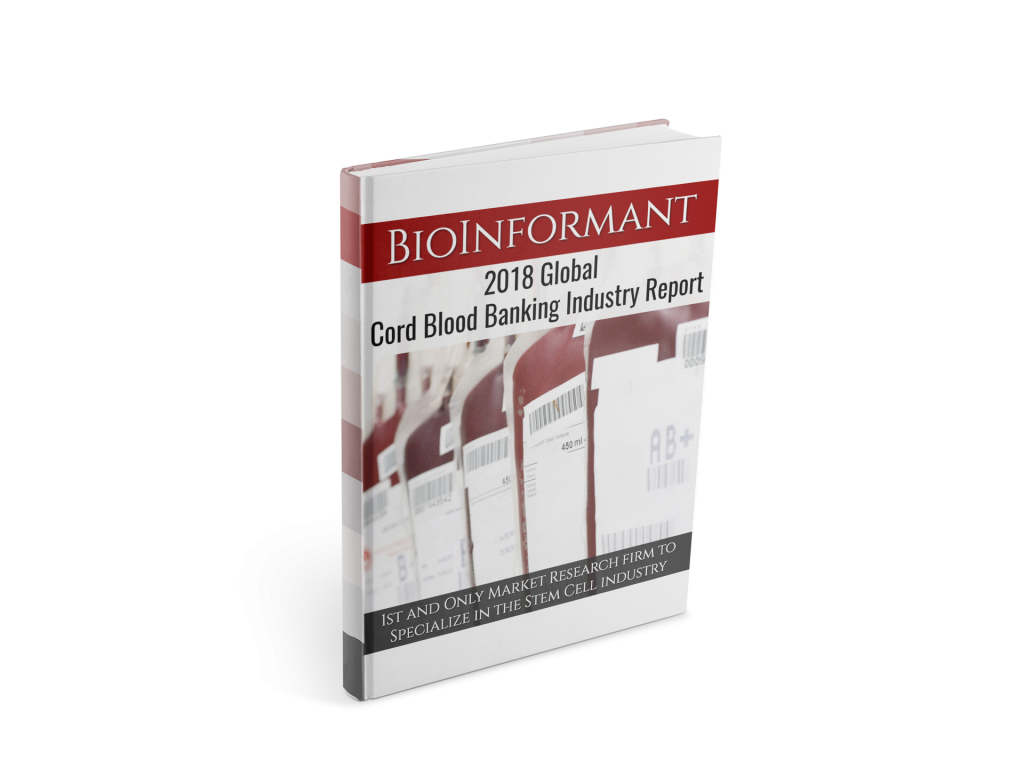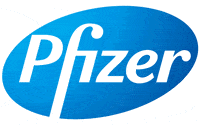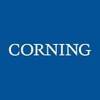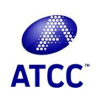Since the first stem cell transplant occurred more than 65 years ago (1957), there has been a nearly exponential increase in stem cell transplants, and in late 2012, the millionth stem cell transplant occurred, a landmark event in stem cell medicine. It is clear that the stem cells contained within cord blood banking now have the potential to improve and save lives. Since the first cord blood transplant was performed in 1988, stem cells derived from umbilical blood have been used in more than 40,000 transplants worldwide. [Read more…]
History of Cord Blood and Cord Tissue Banking
The history of cord blood and tissue banking dates back to the early 1990’s when three private cord blood banks were formed within the United States. These banks were Cord Blood Registry, Cryo-Cell, and Viacord, all of which are AABB accredited banks. Shortly thereafter, cord blood banks began forming in leading healthcare markets worldwide.
In this article:
The Definitive Guide To Calculating Market Size
This article explores multiple methodologies for how to calculate a market size, including top-down and bottom-up approaches. [Read more…]
Cord Blood Industry Trends – Clinical Trials, Publications, Patents, Grants, & More
With the global cord blood banking industry maturing and consolidating over the past five years, it is more important than ever to be well-educated about cord blood industry trends. There are now fewer market players, because numerous small cord blood banks have either been acquired or gone out of business.
However, this era of maturation and consolidation has had as many benefits to surviving cord blood banks as drawbacks. On average, the remaining market participants are now larger, stronger, better capitalized, and storing larger quantities of cord blood and tissue units than when the market was more fragmented.
2018 Global Cord Blood Banking Industry Report
Market Size, Segments, Storage Rates, Utilization, and Projections Through 2022
BioInformant, the first and only market research firm to specialize in the stem cell industry, announces the release of its “2018 Global Cord Blood Banking Industry Report.” The 265-page report reveals key forces affecting the industry, presenting trend rate data for cord blood and tissue clinical trials, patents, grants, and scientific publications. It reveals public and private storage counts for cord blood and tissue on a global basis, as well as market size metrics for the public and private sectors, with five-year projections through 2022. [Read more…]
- 1
- 2
- 3
- …
- 9
- Next Page »





















